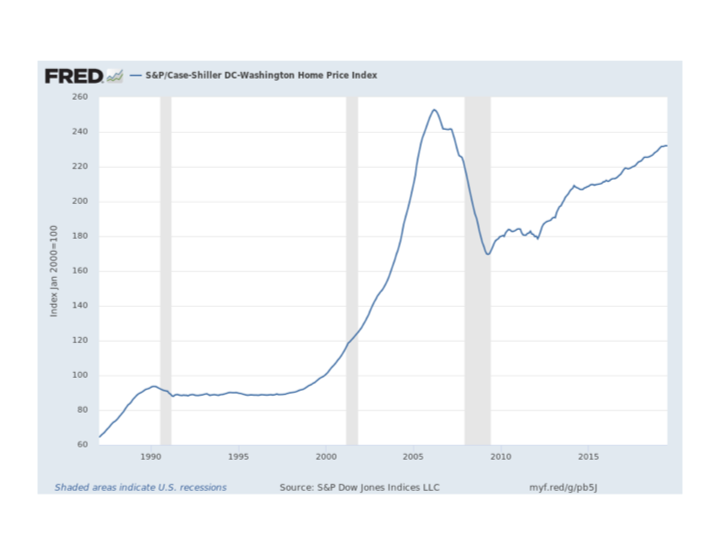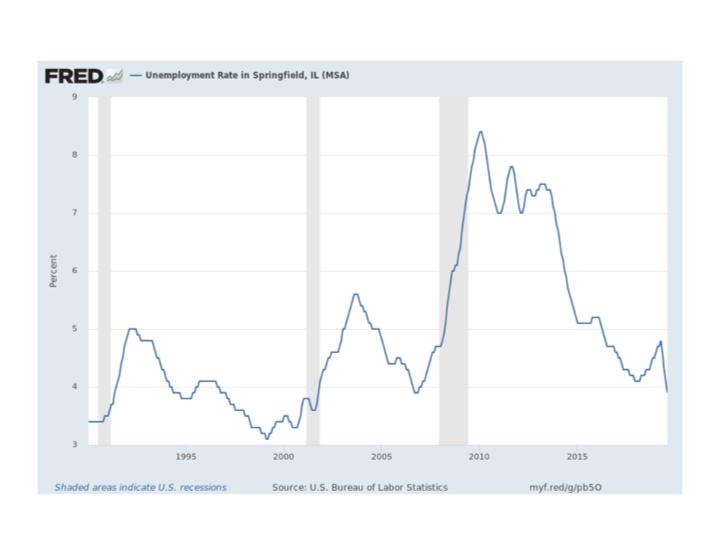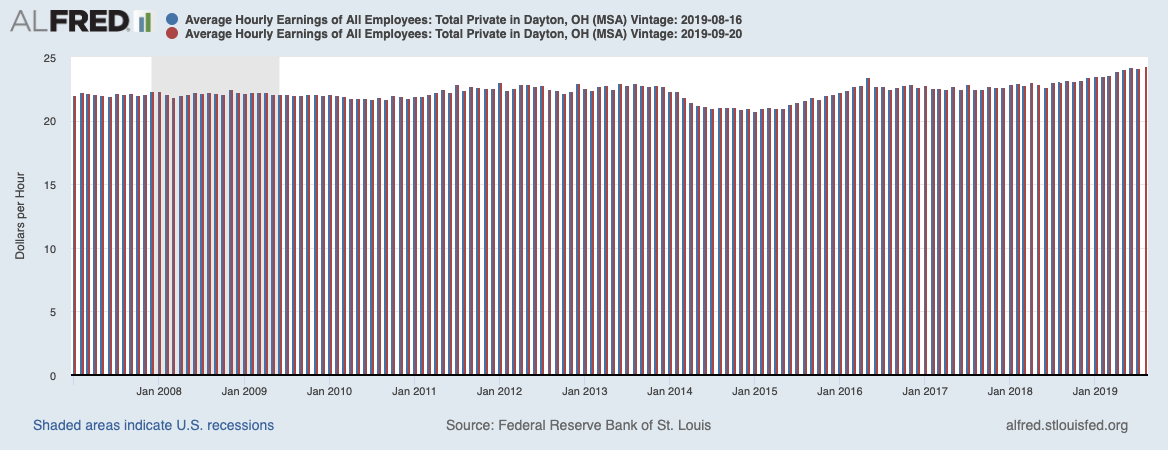I am uncertain on the issue of credit unions’ whole bank purchases. Are they an aberration, an opportunity, or events for just a moment in time, even though the practice dates back to 2012? While consequential for some individual credit unions, the 30 or so total purchases are not yet a significant factor in the industry’s $1.6 trillion assets. And it is mostly a side show in comparison with the 200-250 voluntary mergers occurring per year.
Largest Bank Purchase Announced
In early December, the largest bank purchase to date was announced. Suncoast Schools CU will buy Apollo Bank to extend the credit union’s reach into the greater Miami market.
No financial terms were announced. Apollo Bank reported $747 million in assets and $74 million in bank capital as of September 30, 2019. Its $545 million loans are primarily in real estate and commercial, not consumer credit. It has five Miami area offices.
Suncoast sees the acquisition as a way to jump into the 6 million greater Miami market area, expand its consumer loan portfolio, and enhance its commercial lending capability.
The Financial Impact on Suncoast
Even though both boards have approved the purchase, the value of the transaction was not released. Therefore, it is not possible to analyze the transaction’s risk, if any, to the credit union. From call reports, we learn that Apollo Bank has been profitable. The stock is not publicly traded so we cannot use a market valuation to compare with the purchase price.
In traditional bank sales, a price in excess of book for a steadily performing firm is commonplace. Because this cannot be a stock transaction, Suncoast will pay the total negotiated value in cash to shareholders. Its board’s approval suggests they anticipate no major change in Suncoast’s financial or risk profile that might delay the purchase.
How a Bank-Credit Union Purchase Works
Should Apollo Bank’s negotiated share price be approximately 125% of book value, this purchase would cost Suncoast $100 million. To simplify myriads of accounting details, assume the bank’s assets and liabilities are valued near book. This would result in Suncoast recording a net equity acquired in merger of approximately $77 million and a goodwill entry for the amount in excess of the net book figure, or approximately $25 million.
The bank’s shareholders receive cash. They can do whatever they choose with their $100 million. They can deposit it in the credit union, buy stock in another company, pay off loans or spend it. The purchase agreement will ordinarily contain other conditions such as terms for retained employees with possible performance goals, representations, non-compete agreements, and other understandings. Purchase documents for shareholders can run into hundreds of pages. Teams of outside accountants, consultants and advisors are normally engaged by each party to complete the transaction.
Comparing Bank Purchases with Credit Union Mergers
If Apollo Bank were instead Apollo Credit Union whose board and CEO had agreed to the merger, the credit union’s member-owners would not be treated the same as its bank shareholders. In fact, no merger of two sound credit unions has never resulted in a meaningful payout of the accumulated reserves created by generations of member loyalty.
A hypothetical Apollo Credit Union merger, under current practice, would transfer all its accumulated equity to Suncoast. The total wealth transfer is double the equity amount under current credit union merger practices. Suncoast books the excess of assets over liabilities as “equity acquired in a merger,” similar to the bank transaction. But then, as no cash is paid from equity to member-owners, the credit union recognizes the amount of equity transferred over and above the net assets, as “negative good will”. This is income for the credit union to use however it chooses to spend its revenue.
Needless to say, there would never be a bank purchase under these terms. A bank CEO and board that would even suggest doing so, using a rationale of expanded services and capabilities available from the much larger credit union ($10 billion Suncoast), would be subject to potential legal liability by shareholders for failing to represent their best interests. Shareholders would undoubtedly turn such an offer down, and start looking for another CEO and board.
The Critical Issue from Credit Unions Buying Banks
In a credit union bank purchase, the owners are given much greater respect, due diligence information, and ultimately money, than the member-owners receive in a credit union merger. The underlying economics of the situations are virtually identical. Moreover, the 30 bank purchases demonstrate the financial strength of credit unions to indeed pay owners their full equity interest ,and possibly more, and yet still have a mutually agreeable and sound transaction approved by regulators.
Should the boards and CEOs of well-run credit unions considering mergers be more assertive representing their member-owners’ interests? The bank transactions show that it is not only financially feasible, but also a fiduciary responsibility.
NCUA’s Role
When Chairman Hood was asked about bank purchases in Congress recently, he responded that these were voluntary market transactions, but that NCUA would be looking into them. He did not explain what that meant. However, the critical issue these transactions raise is whether member-owners in the economically equivalent situation of a bank purchase, are being given proper consideration in mergers.
Clearly these “voluntary, market-based” bank purchase transactions would never happen if the terms were similar to current credit union mergers. So why are NCUA and state regulators routinely approving the same economic events that transfer member-owners double equity value with no compensation? These may be “voluntary” but are hardly market-based transactions.
Merger Terms Now Available
Moreover, credit union mergers are not documented in any way similar to bank purchases as to why the transactions are in the members’ best interests. When reviewing the information now publicly available on all mergers, the descriptions of member benefits are rarely more than assertions of a brighter future or marketing “happy talk.” The most explicit details are the increased compensation CEOs and senior managers will receive from the transaction. Even when there is a token “special dividend” to encourage members to vote for the merger, the amount is minuscule compared to the double equity being transferred to the surviving credit union.
Reviewing the published letters boards of directors sent to members encouraging their approval of merger proposals, it is clear that the most immediate benefits go to the CEO and managers giving up their leadership responsibilities to another credit union. In a number of cases the members who are supposedly gaining something, could have joined the surviving credit union anyway, if it indeed offered a better value.
What Is Being Lost in Mergers
In most mergers routinely approved by NCUA, there are no safety and soundness issues. So, what is the regulator’s responsibility? Should it not be to ensure that the members who are being urged to give up control of their credit union are indeed treated equitably? For the members and their communities are losing not just their collective resources, but also any meaningful say over the direction, priorities, leadership and institutional role in their home markets. The credit union system loses another leadership cadre. Employees find future leadership opportunities diminished.
All credit unions start small. Some emerge to become large and some even evolve into national leaders. With every cooperative charter cancelled, a potential source for breakout growth and entrepreneurial innovation is extinguished. The community or market being served loses a critical component of its financial and economic ecosystem. Choices become fewer. For in some instances, the merger intentionally removes a cooperative competitor that the surviving credit union could not otherwise successfully dislodge.
Rethinking Current Credit Union Merger Process and Practice
If Chairman Hood believes market-based transactions are good, shouldn’t credit union merger practices be more substantive with real market disciplines? Why should a cooperative’s wealth be transferred in negotiations where members are now excluded from the process in any meaningful way? There has never been a merger turned down in a member vote. This is not democratic control, rather it suggests that incumbents take advantage of their position oblivious to the legacy they inherited as well as their responsibility to future generations.
As cooperatives, credit unions are a blend of financial and market concepts. Credit unions buy banks; however current merger practice is little more than legally sanctioned theft of the member-owners’ collective contribution to their credit union’s success.
As cooperative architects, both regulators and credit unions who believe in this member-owned, one person, one vote model, must address this merger inequity. For it is incentivizing behaviors that undermine the hopes of cooperative owners and contradict the public promises that gave credit unions a unique standing in America’s financial system.
The purchase of banks is showing that credit union member-owners are not receiving comparable consideration and respect for similar economic transactions.
Credit unions should take the lead to reform a system that is becoming corrupt in appearance, if not in practice. If they do not, then external forces in Congress, the media, consumer advocates or even private lawsuits are likely to challenge the entire cooperative system’s structure and oversight. And then all 100 million plus members may lose.



